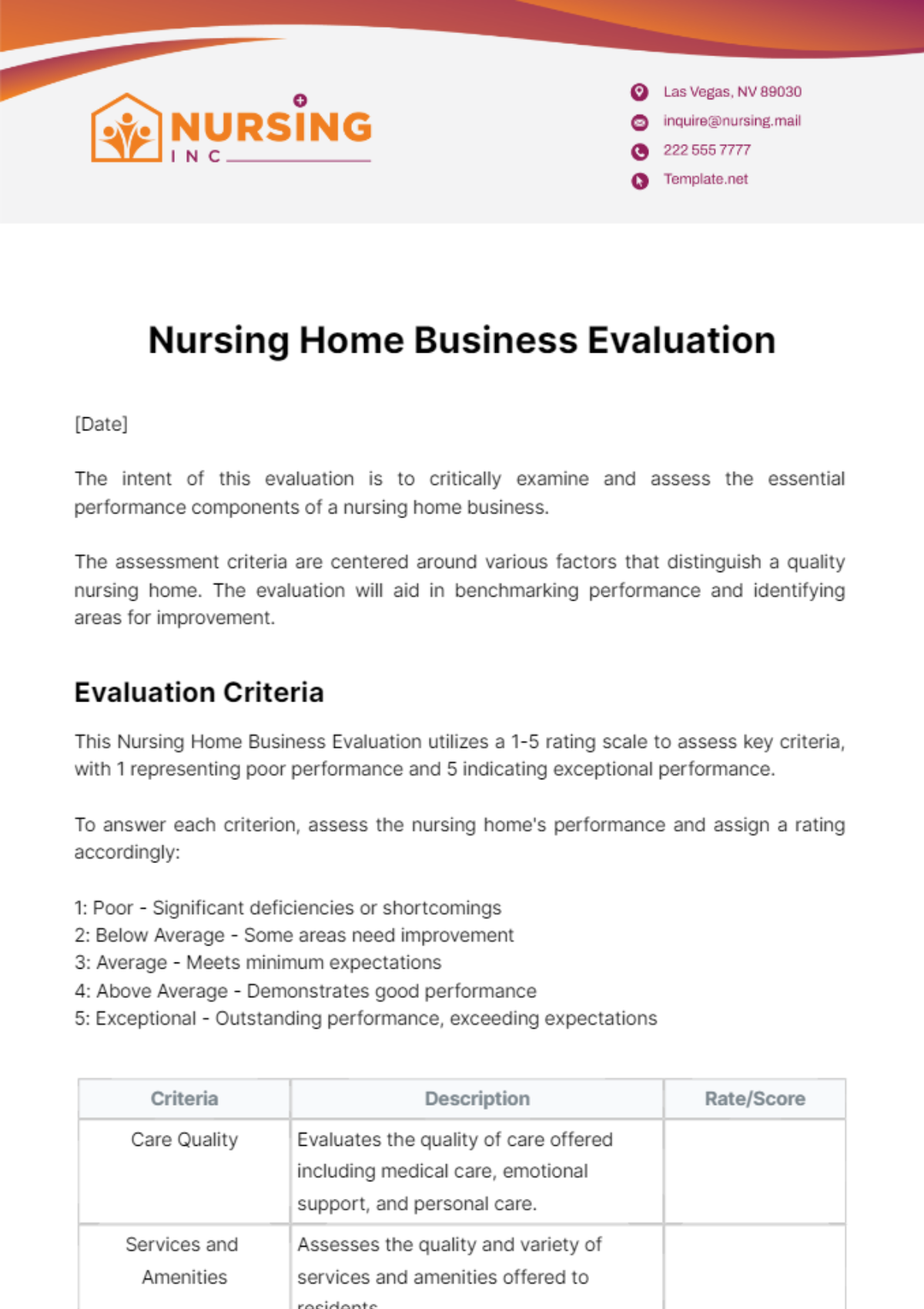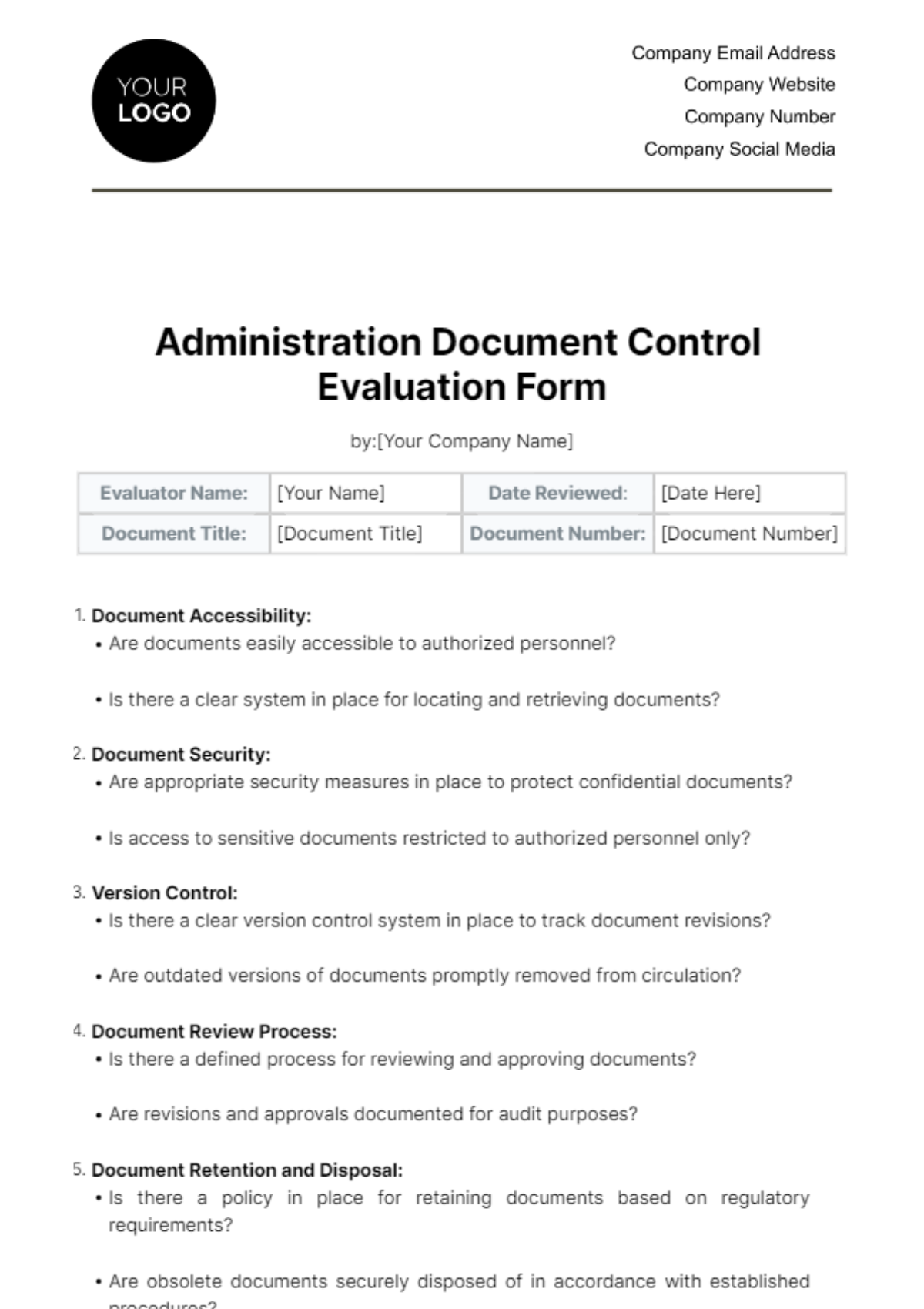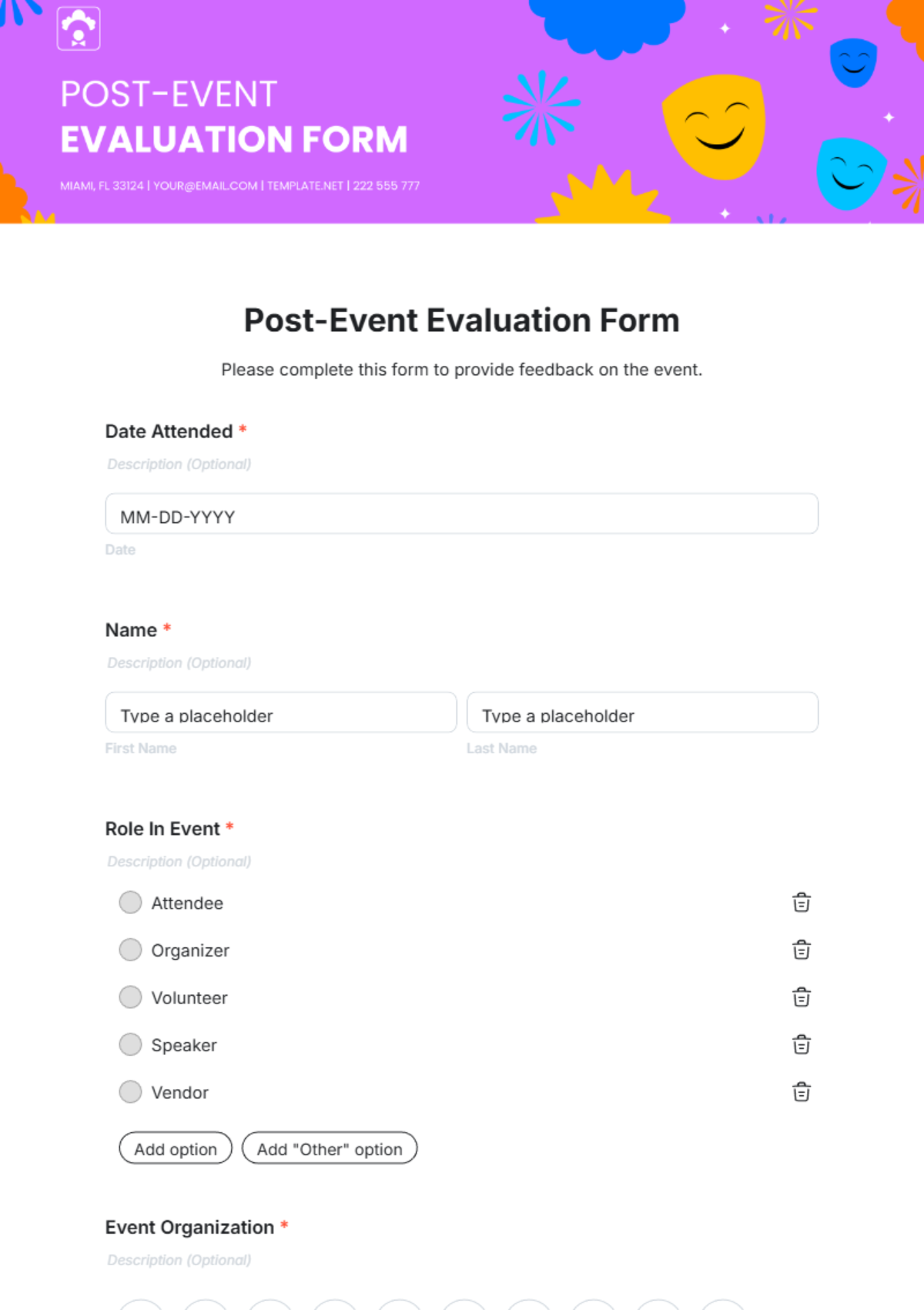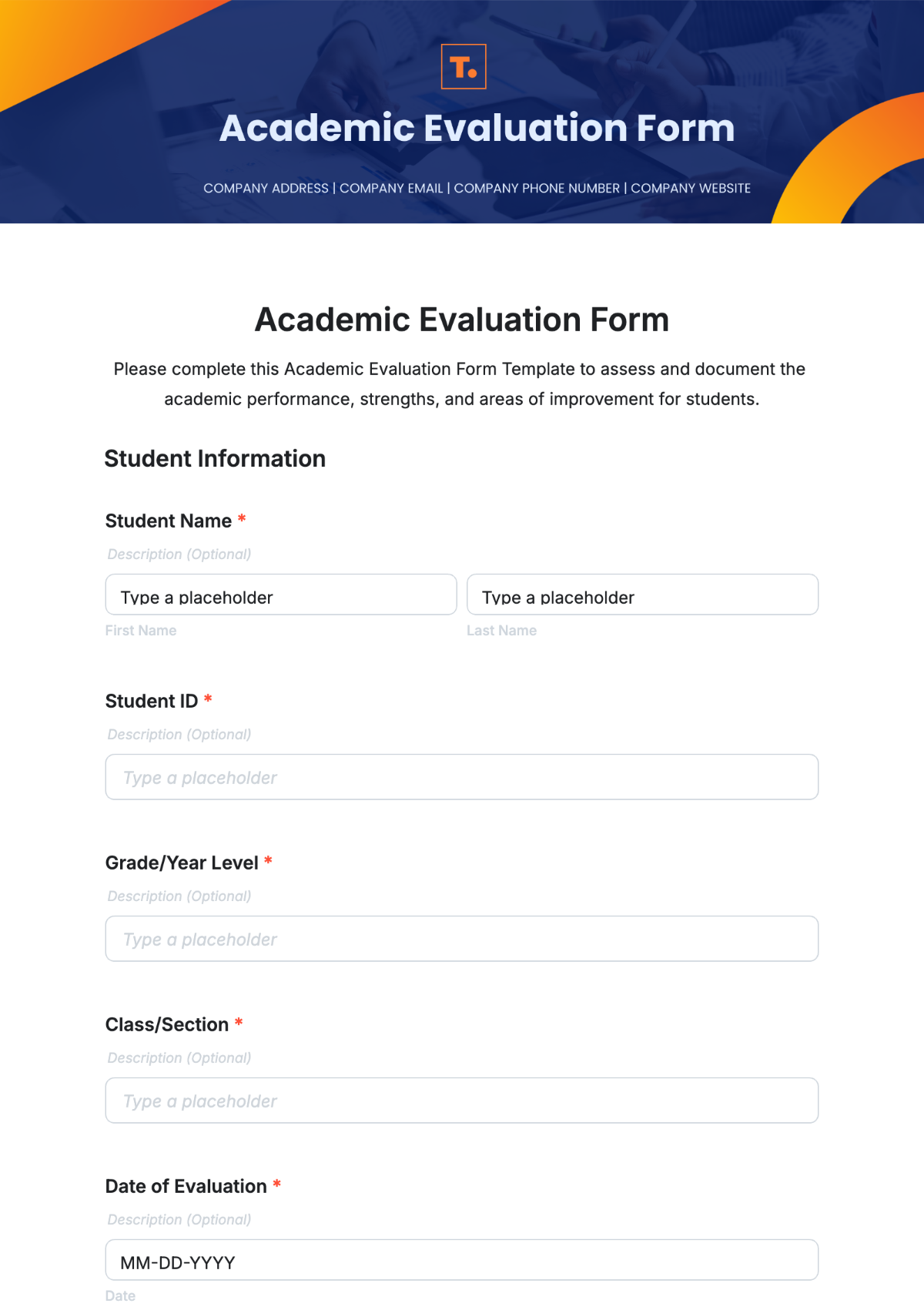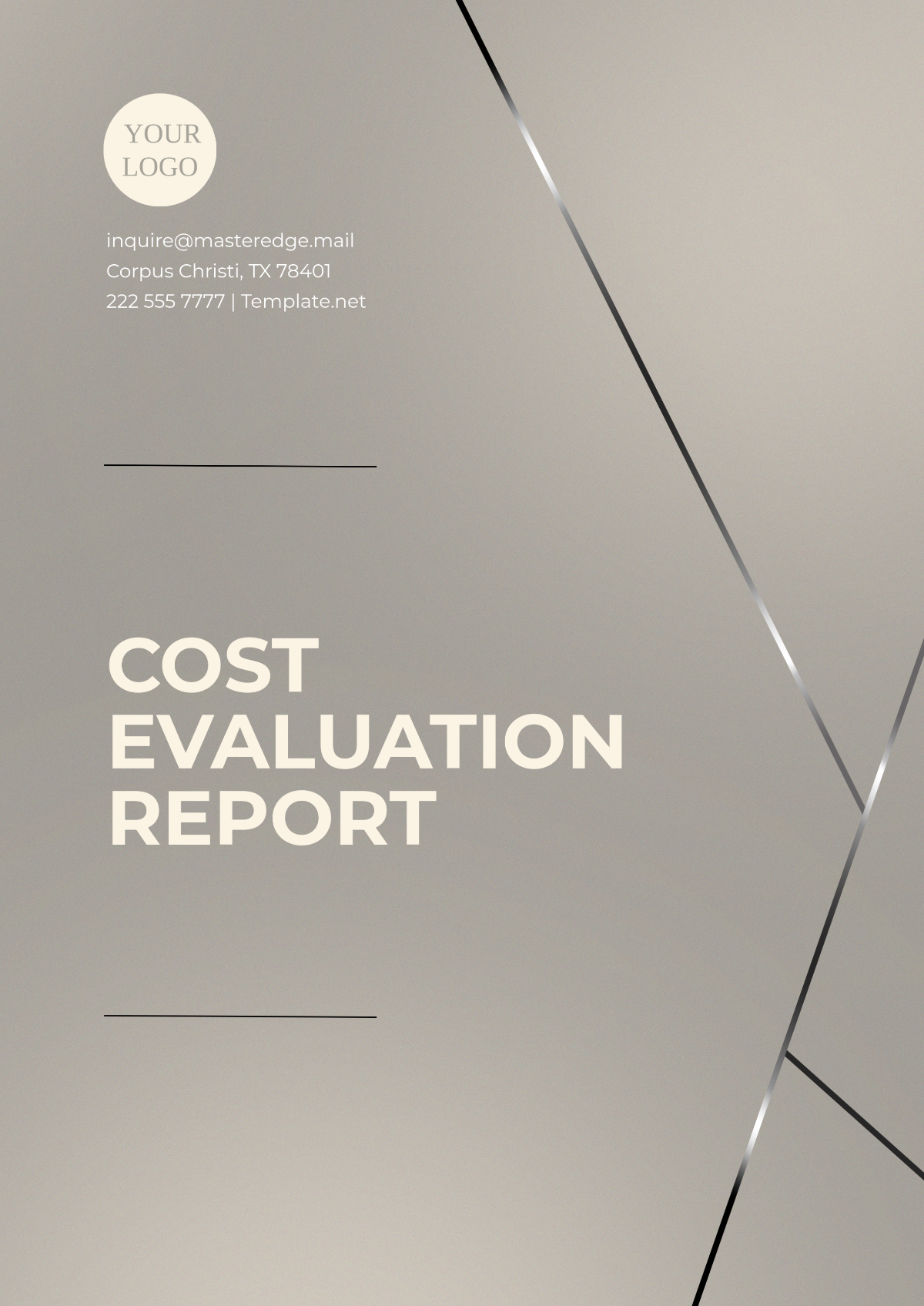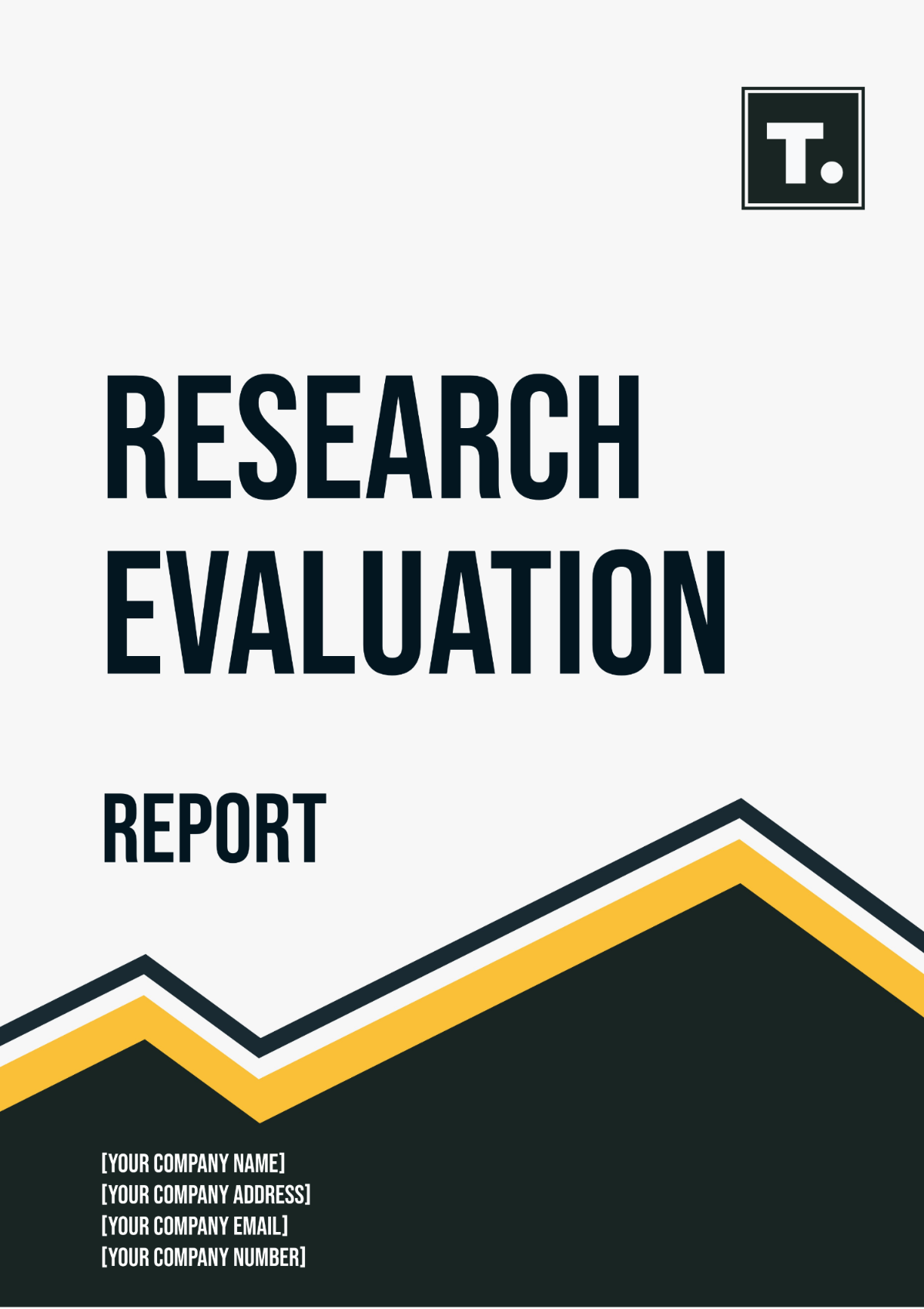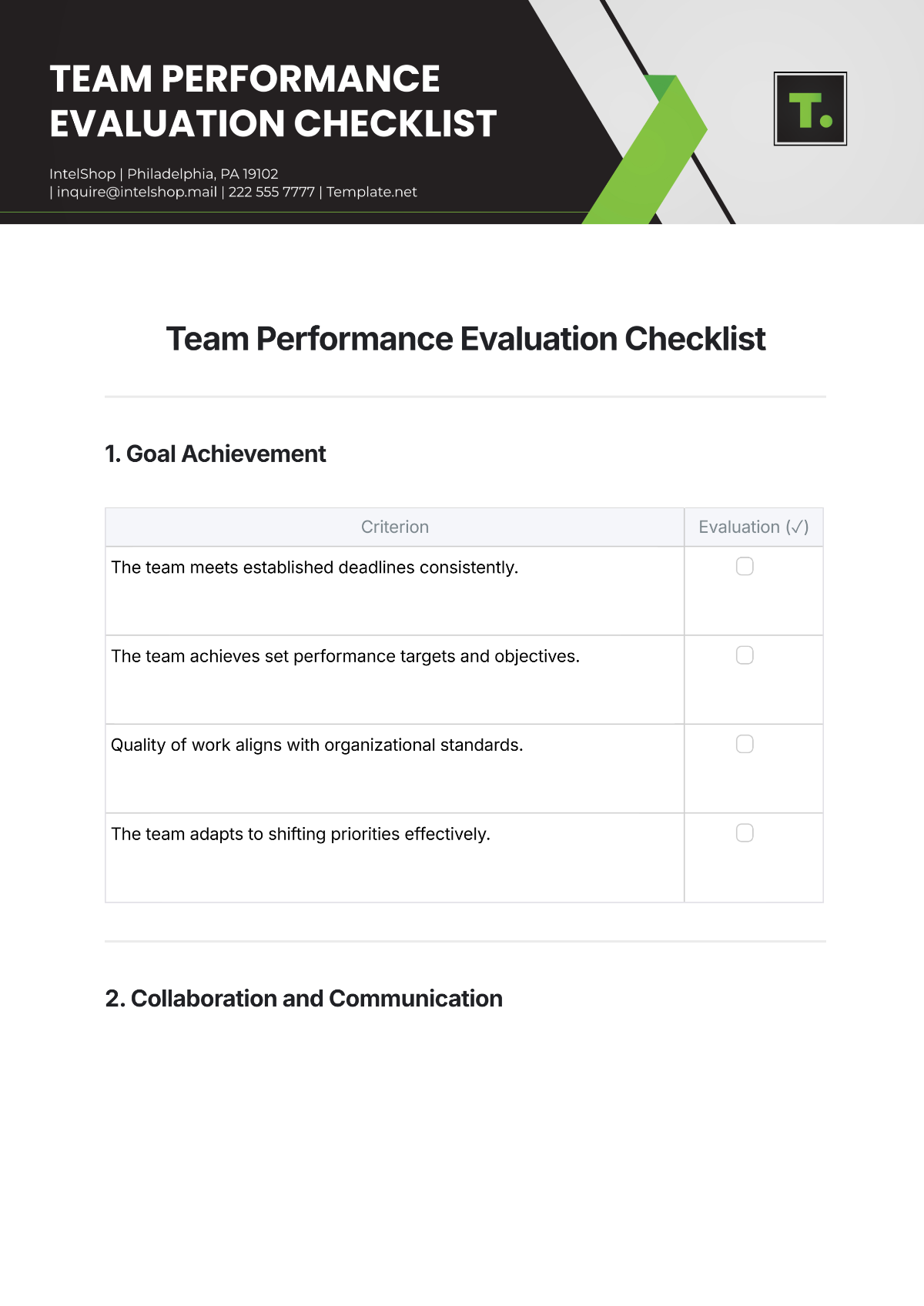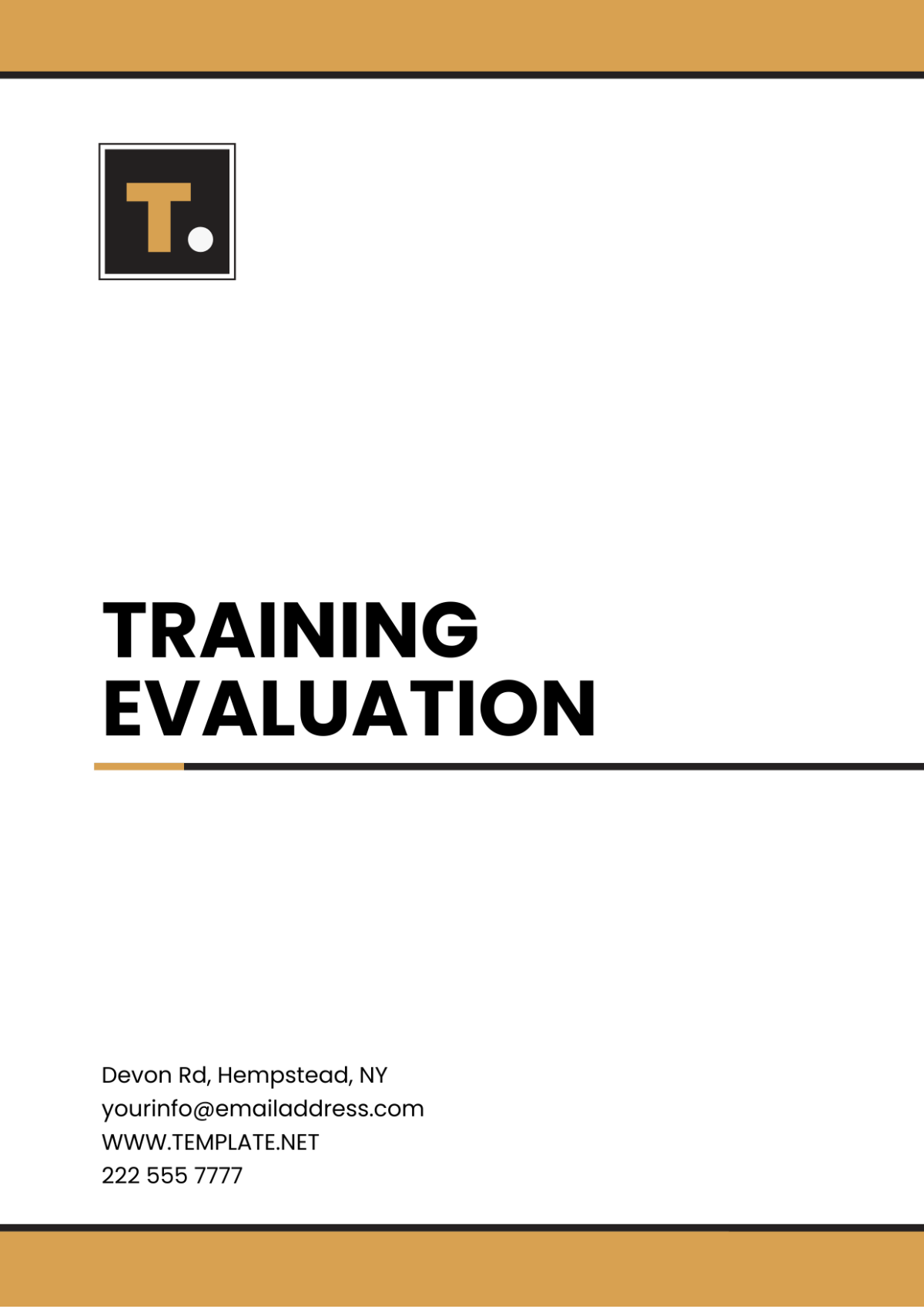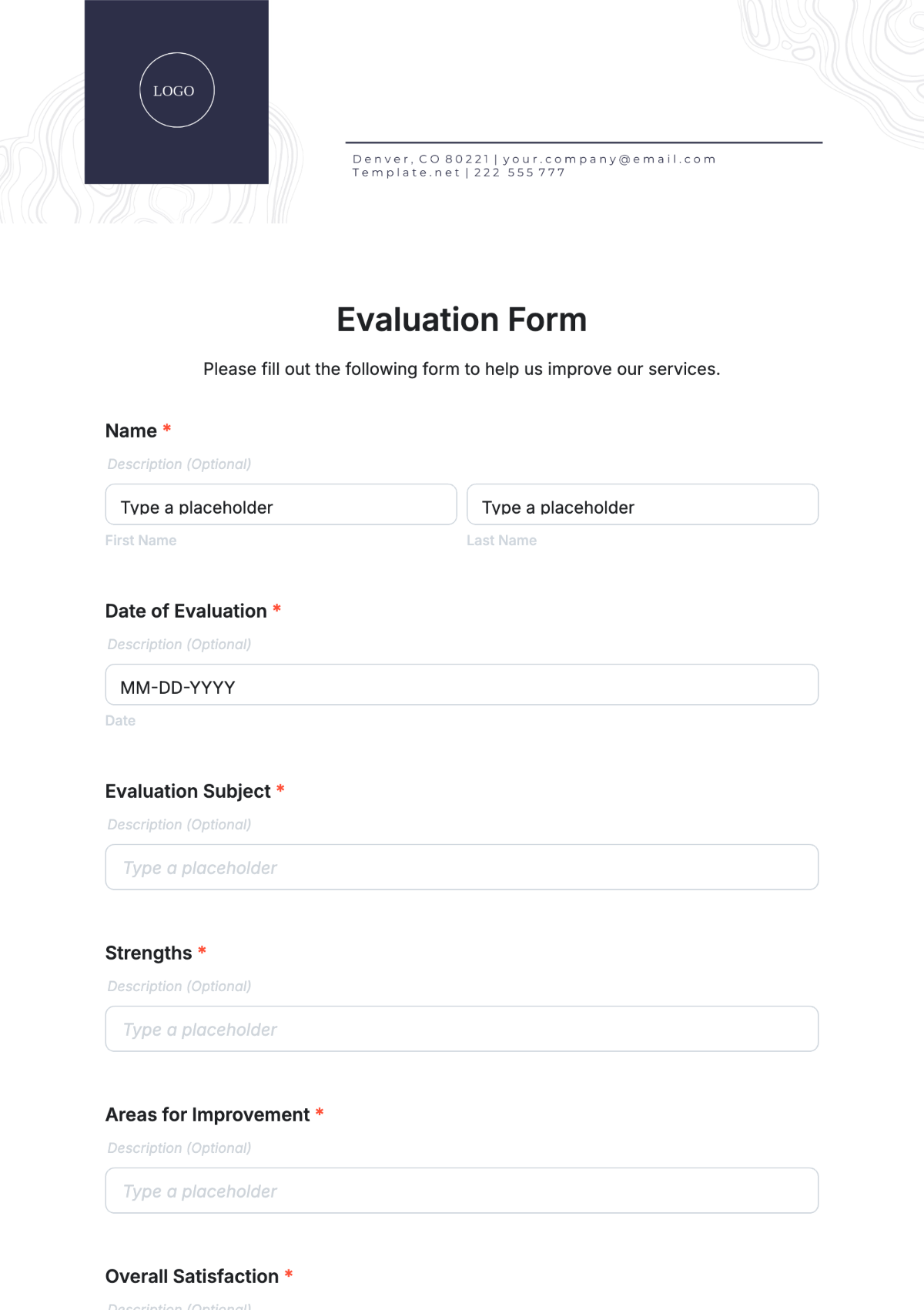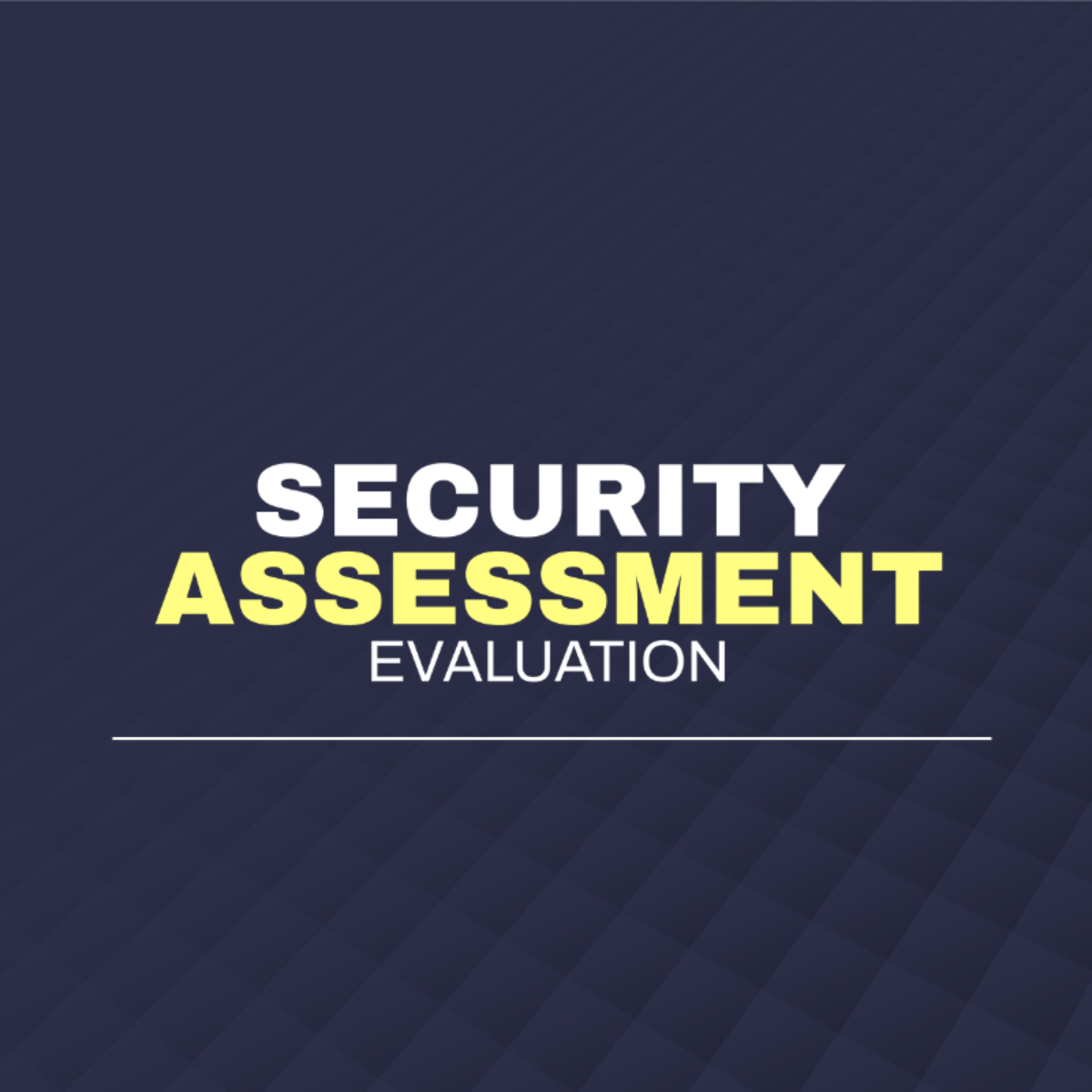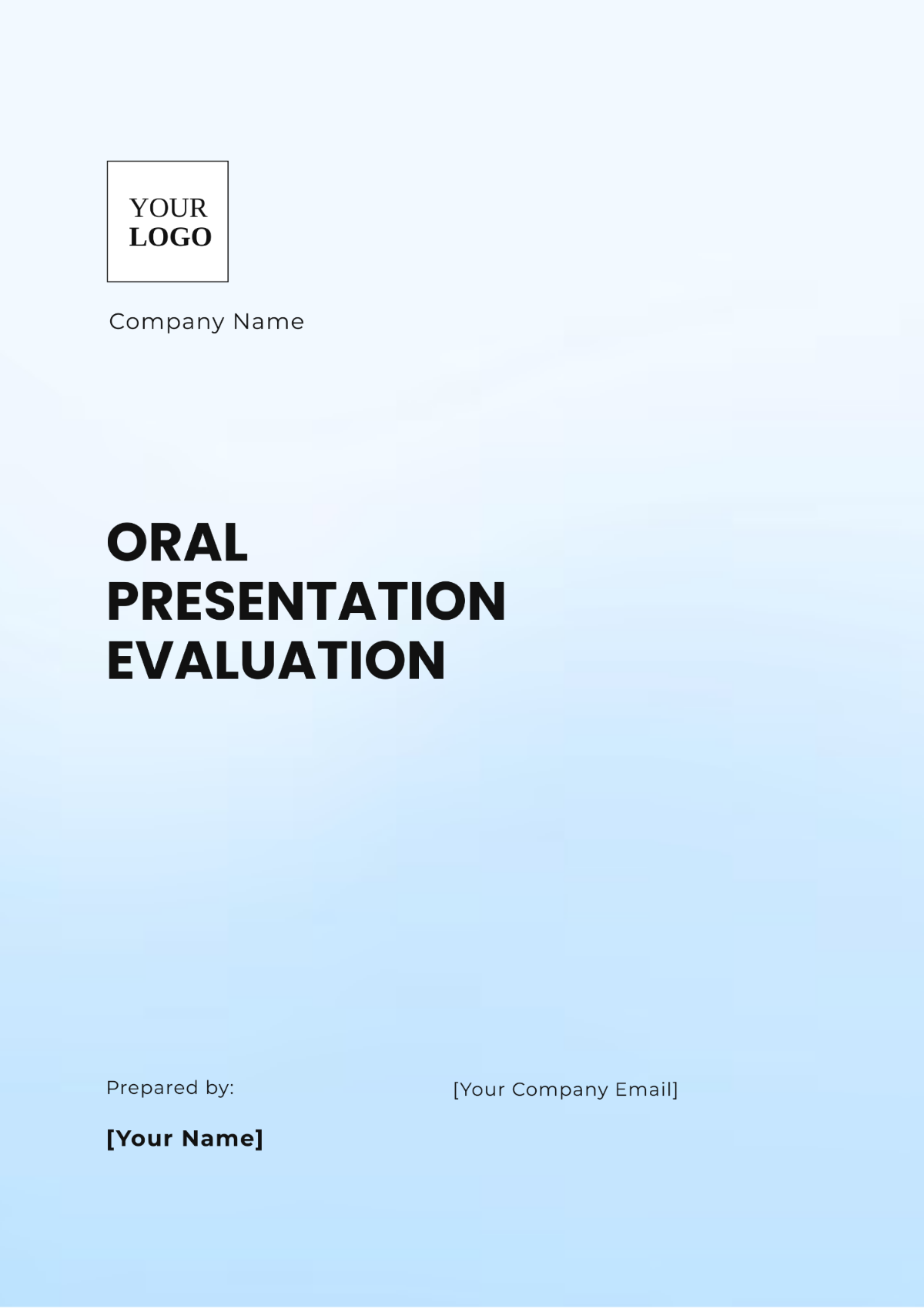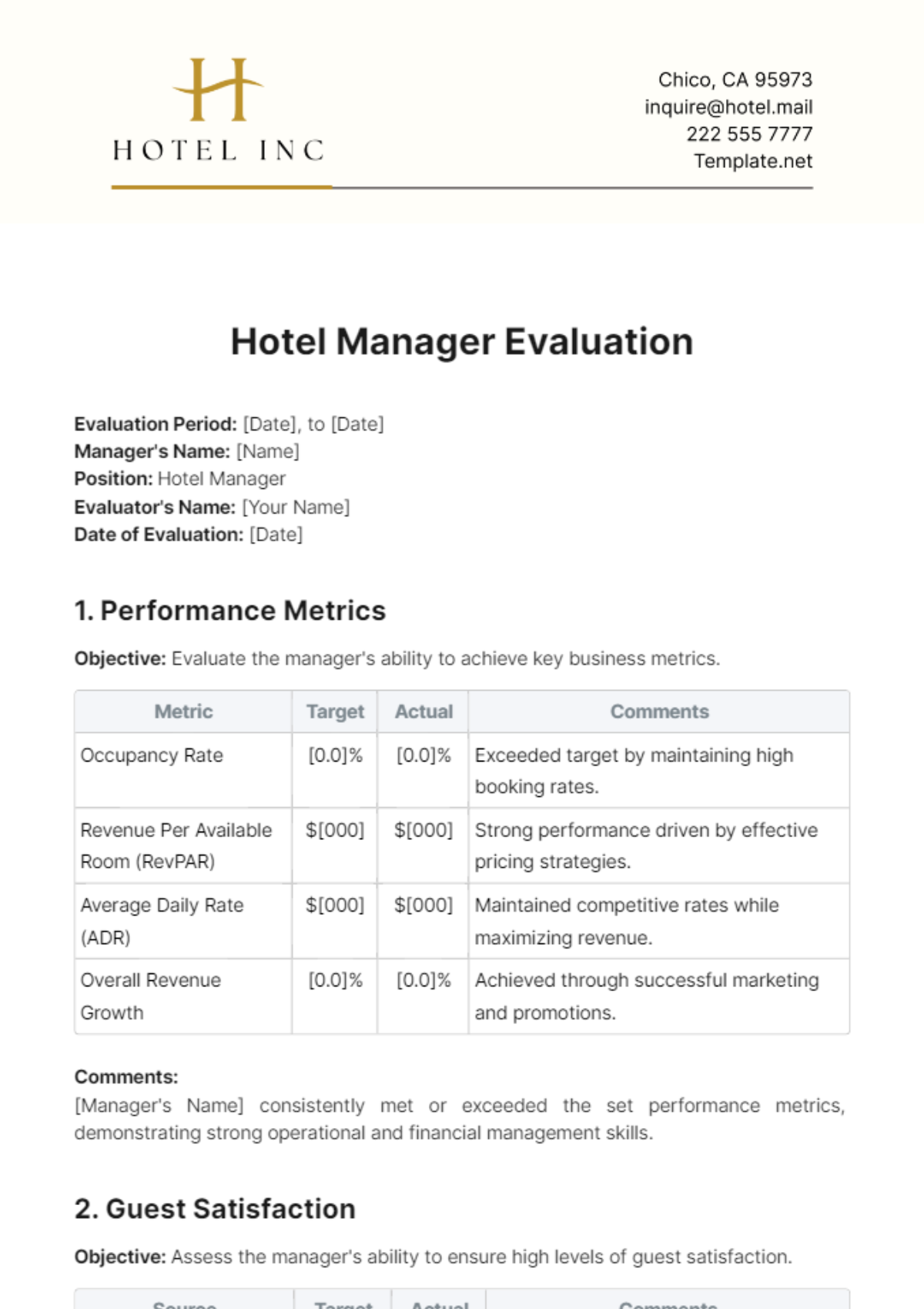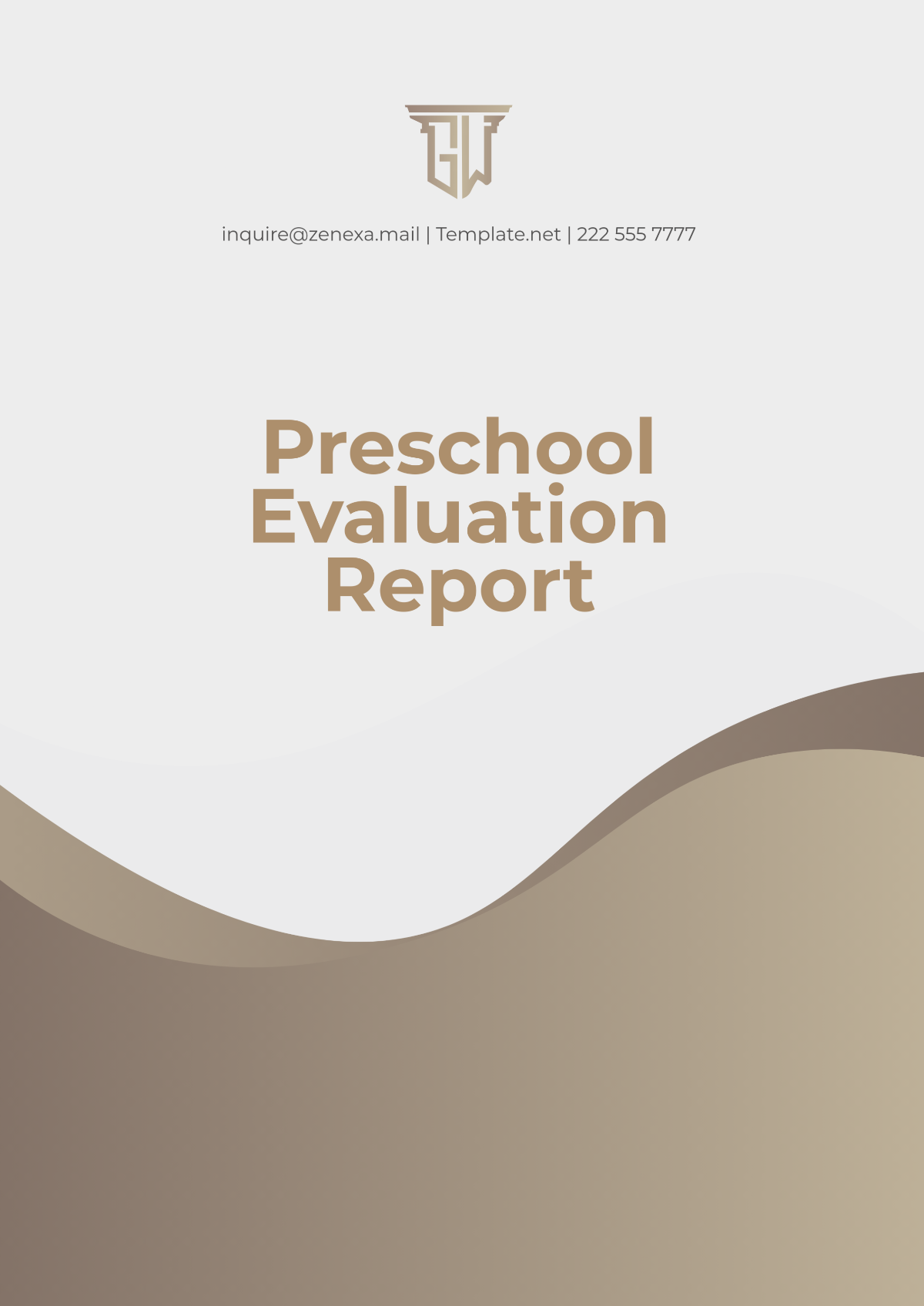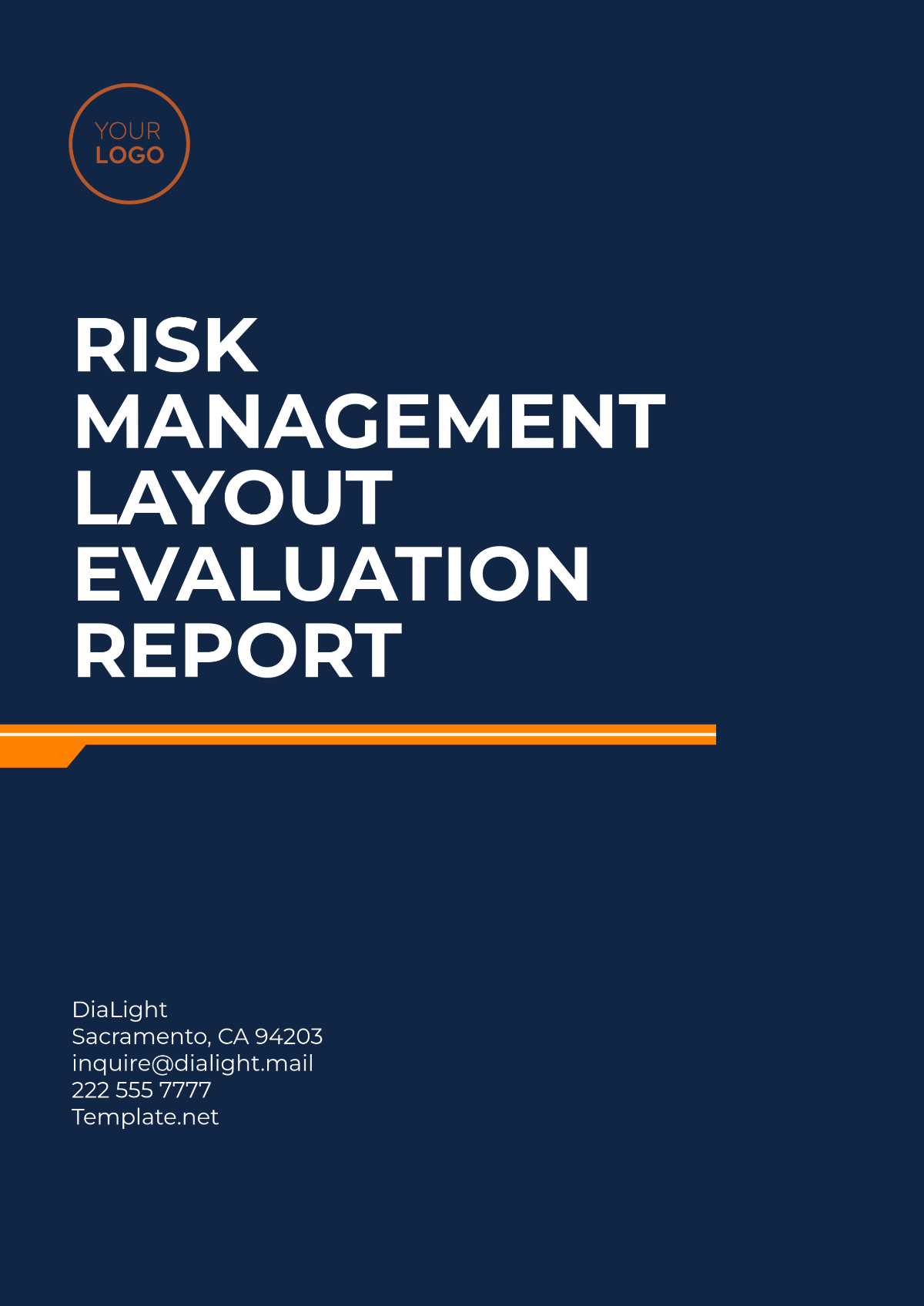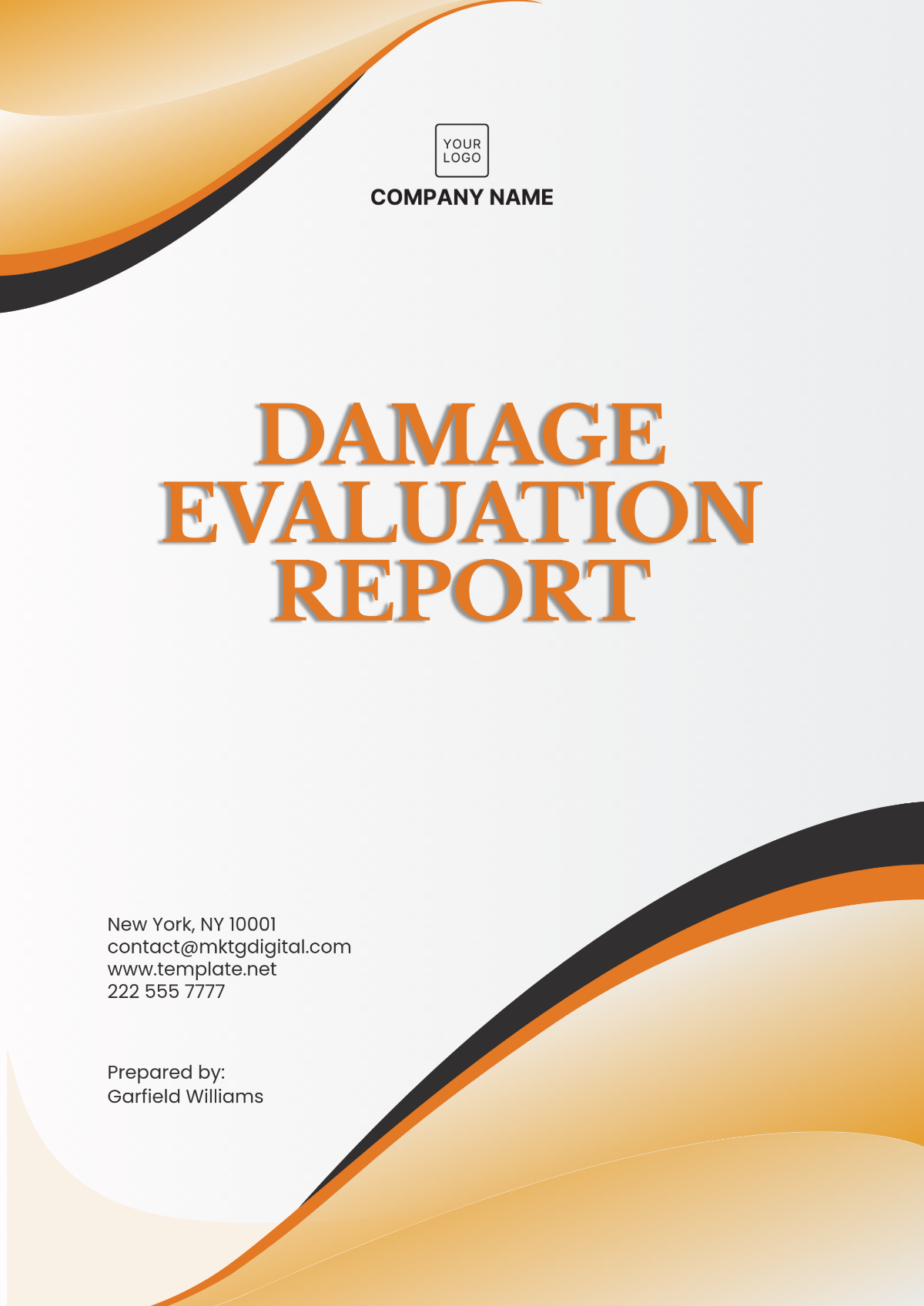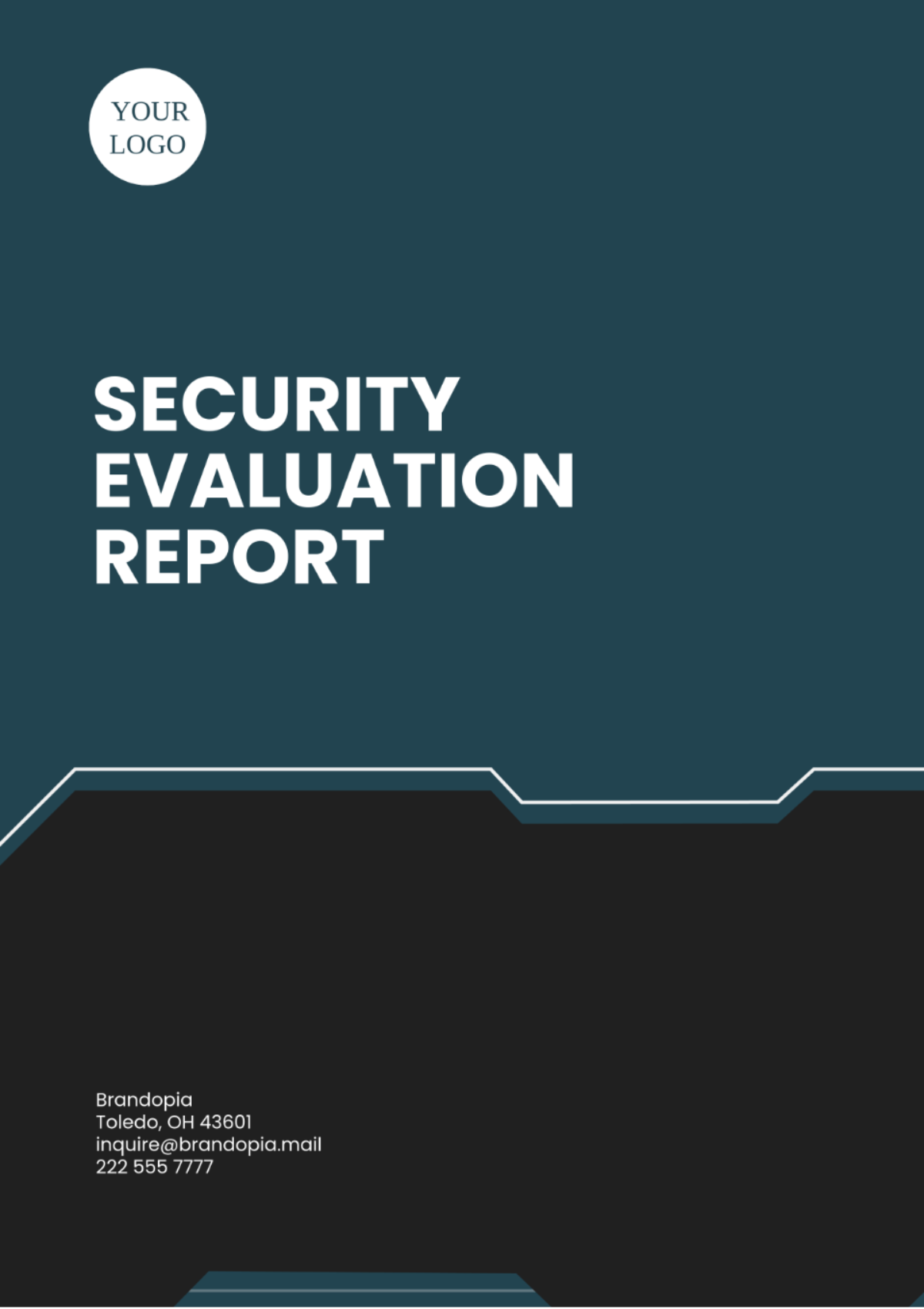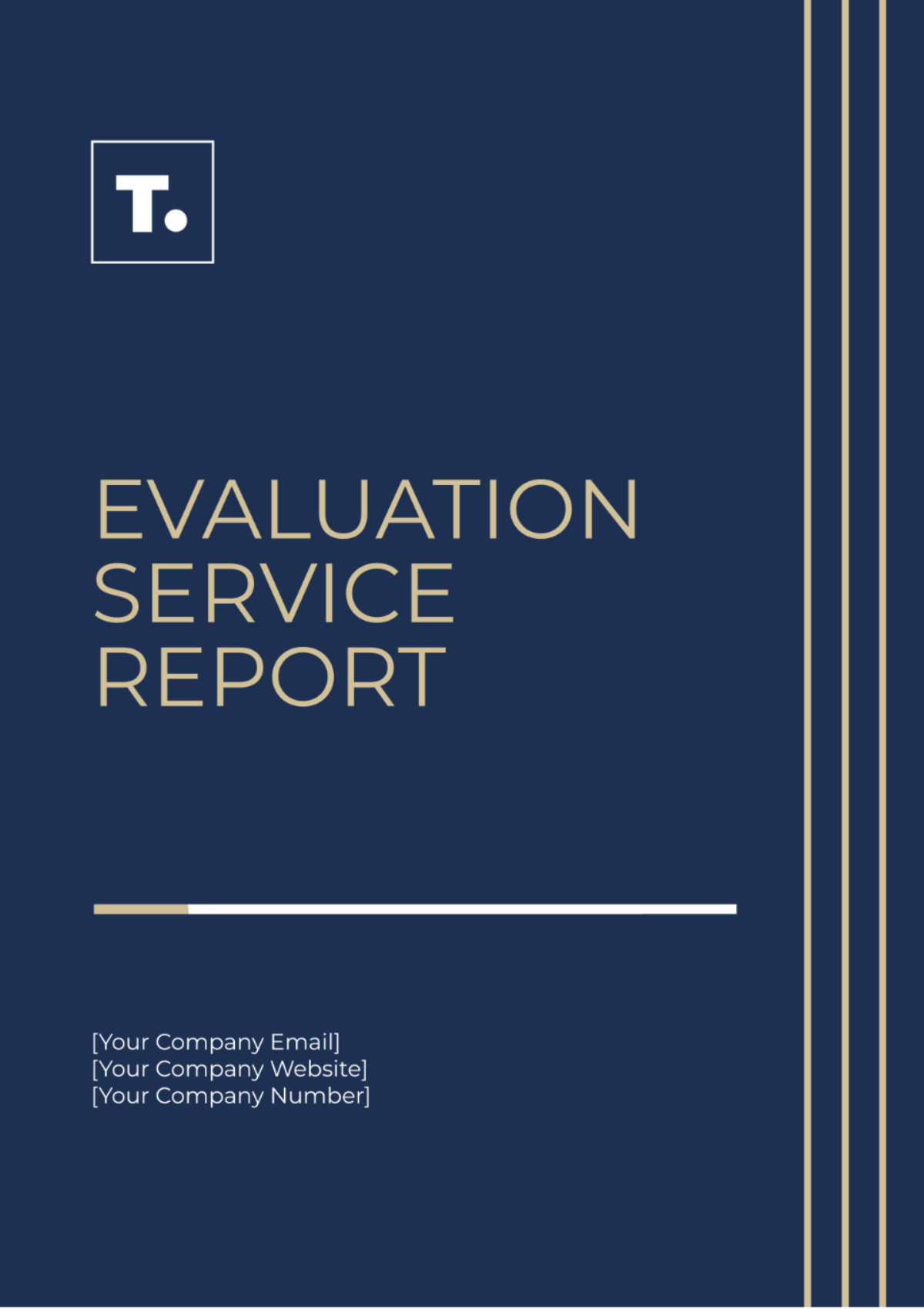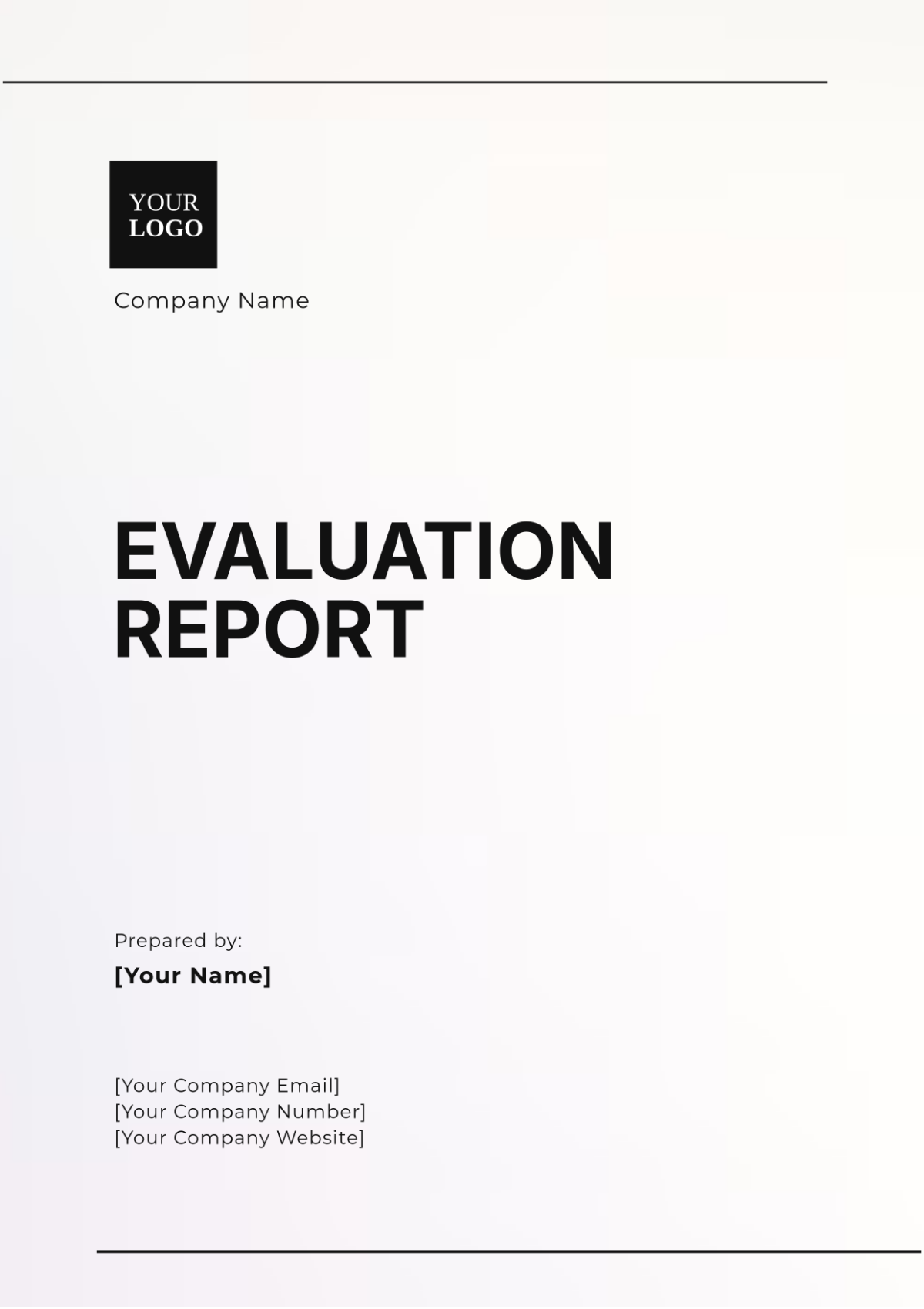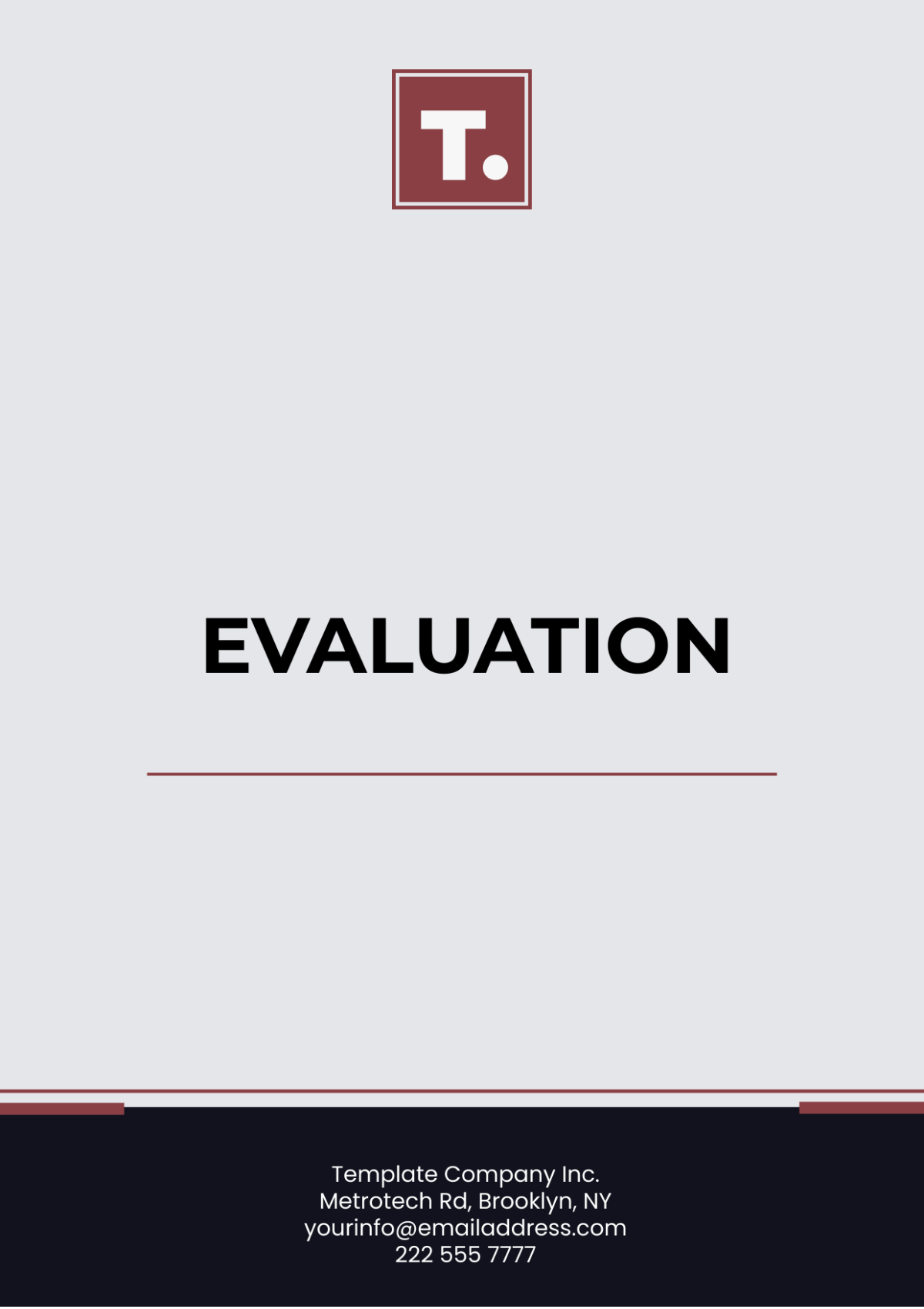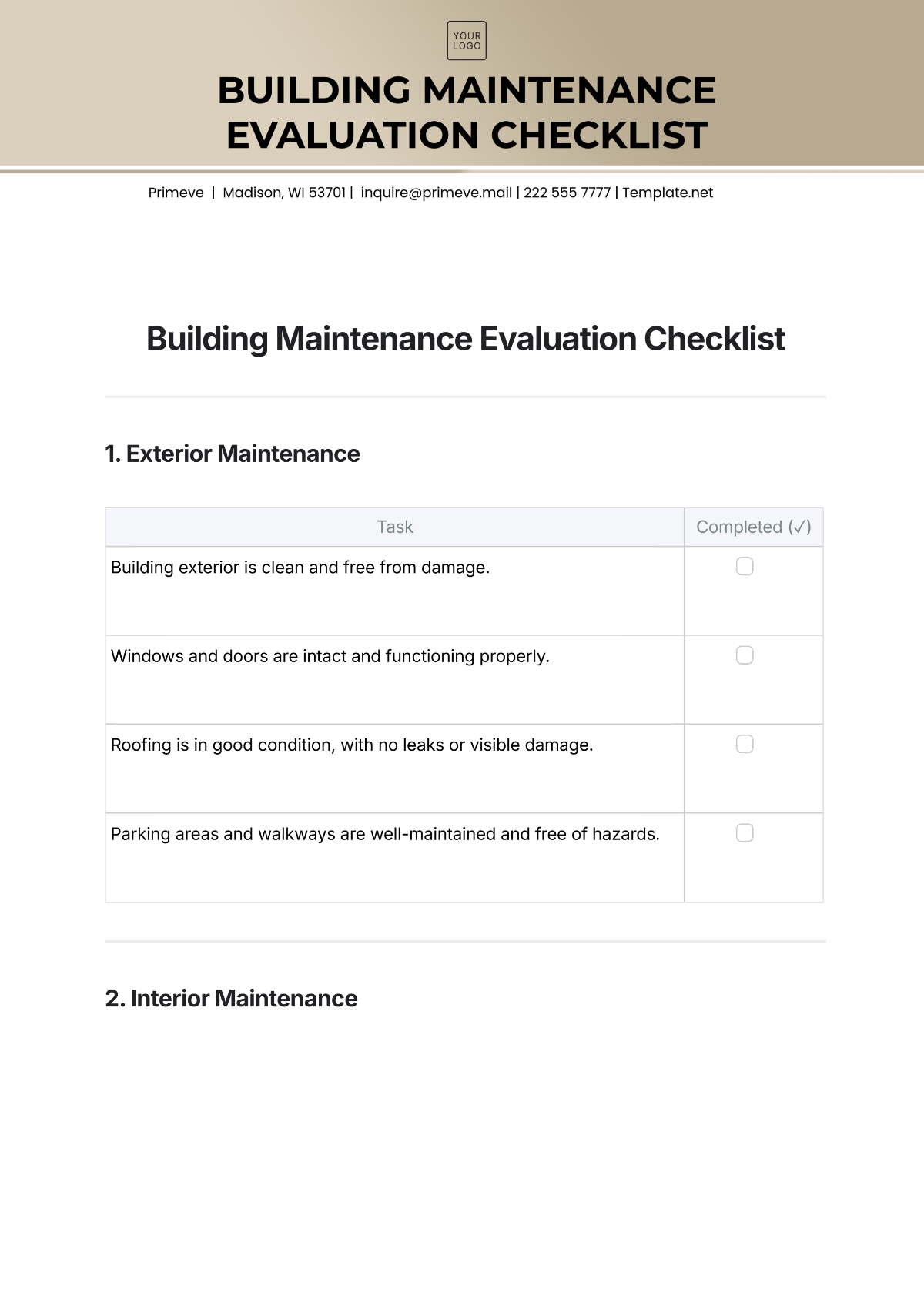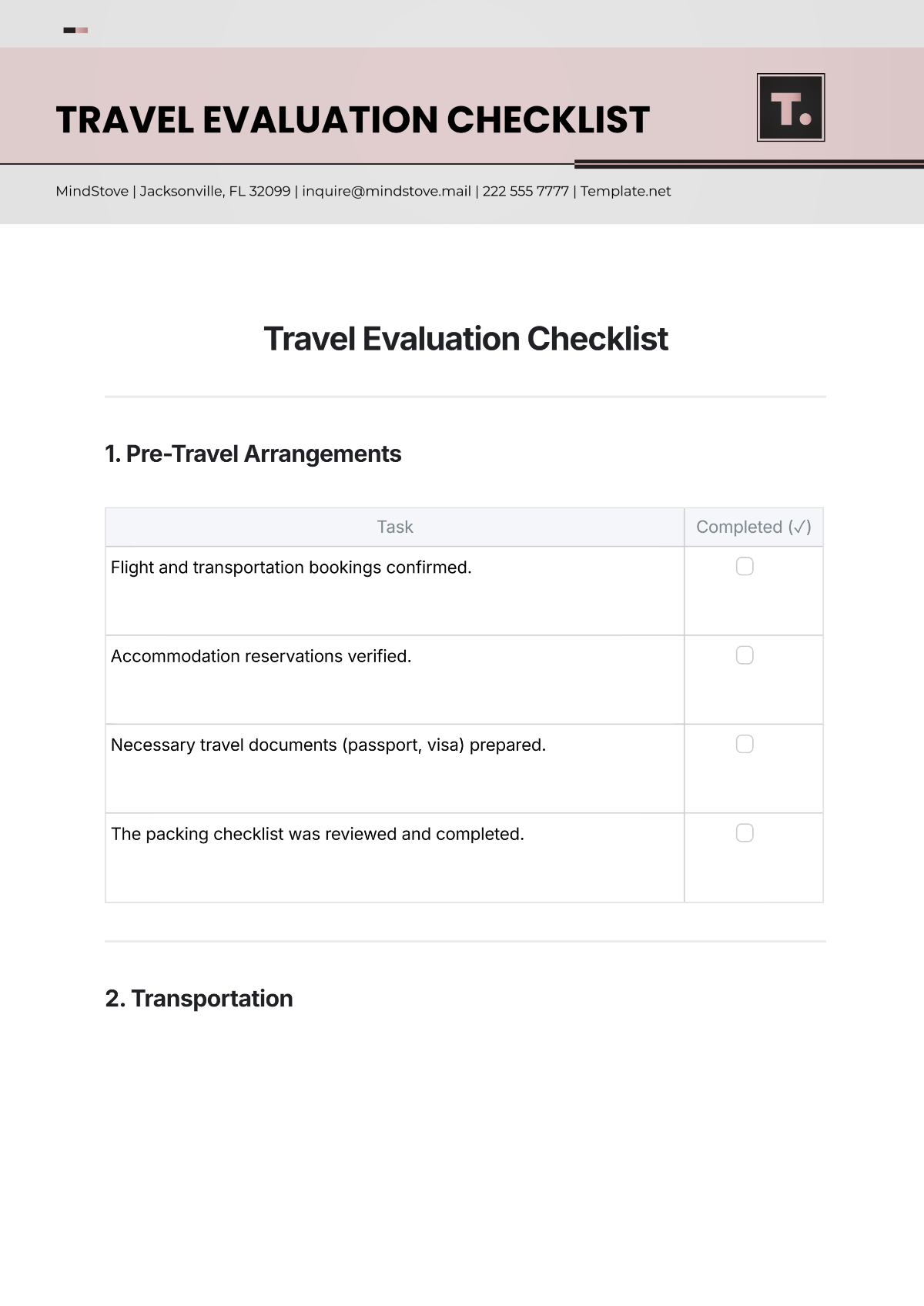Finance Accounts Evaluation Manual
Table of Contents
1. Introduction to Financial Accounting and Reporting Standards
2. Asset Valuation
3. Liability and Equity Assessment
4. Revenue Recognition and Analysis
5. Expense Allocation and Management
6. Financial Statement Analysis
7. Internal Controls and Fraud Prevention
8. Tax Compliance and Strategy
9. Budgeting and Financial Planning
10. Regulatory Compliance and Reporting Requirements
1. Introduction to Financial Accounting and Reporting Standards
The realm of financial accounting in the United States is anchored in a set of well-established principles known as Generally Accepted Accounting Principles (GAAP). These principles provide the backbone for financial reporting, ensuring consistency, reliability, and comparability of financial statements. GAAP covers a broad spectrum of accounting practices, from revenue recognition to financial statement presentation, offering a uniform standard for businesses to follow. This section of the manual delves into the intricacies of GAAP, elucidating its key components and their practical applications in day-to-day financial reporting.
2. Asset Valuation
Asset valuation is a pivotal aspect of financial accounting, central to determining a company's true financial position. This section provides comprehensive guidelines for valuating a diverse range of assets, including current, fixed, tangible, and intangible assets. By adhering to these guidelines, companies can ensure accurate and consistent asset reporting, which is critical for informed decision-making and regulatory compliance.
Asset Valuation Guidelines
Asset Type | Valuation Methodology | Key Considerations |
|---|---|---|
Current Assets |
|
|
Fixed Assets |
|
|
Tangible Assets |
|
|
Intangible Assets |
|
|
3. Liability and Equity Assessment
This section focuses on the accurate evaluation of liabilities and shareholders' equity. It's essential for ensuring that all financial obligations and equity positions are correctly represented in a company's financial statements. These evaluations play a key role in depicting the financial health and stability of a business.
Key Components
a. Classification of Liabilities
Short-term vs Long-term Liabilities
Contingent Liabilities
b. Valuation of Liabilities
Accrued Liabilities
Notes Payable
Bonds Payable
c. Shareholders' Equity Evaluation
Common Stock
Preferred Stock
Additional Paid-in Capital
d. Assessment of Retained Earnings
Dividend Policy Implications
Prior Period Adjustments
e. Equity Valuation Techniques
Book Value vs Market Value
Stock Options and Warrants
4. Revenue Recognition and Analysis
This section provides detailed guidelines on recognizing and recording revenue, a critical component in financial reporting. Accurate revenue recognition, in line with applicable accounting standards, is fundamental for presenting a true view of a company’s financial performance.
Key Areas of Focus
a. Principles of Revenue Recognition
Criteria for Revenue Recognition
Revenue Recognition at Point of Sale or Service Delivery
b. Timing and Measurement
Revenue Recognition Timing
Revenue Measurement Methods
c. Revenue from Contracts with Customers
Identifying Performance Obligations
Transaction Price Allocation
d. Revenue from Different Streams
Product Sales
Service Provision
Royalties and Licensing
e. Analysis of Revenue Patterns
Seasonal Variations
Customer Behavior Impact
f. Compliance with Accounting Standards
GAAP and IFRS Considerations
Regular Updates on Standards
5. Expense Allocation and Management
Efficient expense allocation and management is vital for accurate financial reporting and cost control. This section delves into the methods for categorizing expenses into fixed, variable, and accrued types, and offers strategies for their effective management. Adhering to these methods ensures precise expense tracking, vital for budgeting, forecasting, and overall financial health of the company.
Expense Category | Description | Management Strategies |
|---|---|---|
Fixed Expenses | Costs that remain constant regardless of business activity |
|
Variable Expenses | Costs that vary with activity level |
|
Accrued Expenses | Expenses incurred but not yet paid |
|
6. Financial Statement Analysis
Financial statement analysis is integral to understanding a company's financial health and making informed business decisions. This section outlines the techniques for analyzing key financial statements—balance sheets, income statements, and cash flow statements. It includes methods like ratio analysis, trend analysis, and various analytical tools, providing a comprehensive framework for interpreting financial data effectively.
Financial Statement | Analysis Technique | Application |
|---|---|---|
Balance Sheet | Ratio Analysis |
|
Income Statement | Trend Analysis |
|
Cash Flow Statement | Cash Flow Analysis |
|
All Financial Statements | Horizontal and Vertical Analysis |
|
7. Internal Controls and Fraud Prevention
This section is dedicated to establishing and maintaining robust internal controls, which are crucial for the prevention of errors and fraud in financial reporting. Effective internal controls not only safeguard assets but also ensure the integrity and reliability of financial information.
Key Areas of Focus
a. Establishment of Control Environment
Setting the tone at the top for ethical behavior
Establishing a culture of accountability
b. Risk Assessment
Identifying and analyzing potential risks
Implementing measures to mitigate identified risks
c. Control Activities
Developing policies and procedures to enforce controls
Regular review and update of control processes
d. Information and Communication
Ensuring accurate and timely financial reporting
Effective communication of policies and procedures within the organization
Monitoring and Review
Continuous monitoring of internal control systems
Periodic audits and assessments for effectiveness
8. Tax Compliance and Strategy
This section is dedicated to guiding companies in adhering to tax laws and regulations and implementing efficient tax planning strategies. It is crucial for ensuring compliance with legal obligations and optimizing tax positions. Understanding and navigating the complexities of tax laws is essential for effective financial management and long-term fiscal responsibility.
Areas of Focus
a. Comprehensive Understanding of Tax Laws: Understanding the intricate web of federal, state, and local tax laws is fundamental. This includes staying updated with legislative changes and interpretations that impact the company's tax obligations.
b. Tax Compliance Procedures: Establishing robust procedures for tax filing, documentation, and timely payments is critical. This ensures adherence to tax deadlines and prevents penalties and interests.
c. Strategic Tax Planning: Engaging in proactive tax planning to identify opportunities for tax savings and efficiencies. This includes exploring avenues for deductions, credits, and incentives available to the business.
d. Estimation and Provisioning for Tax Liabilities: Accurate forecasting and provisioning for tax liabilities are essential for financial stability. It involves a thorough analysis of current and deferred tax implications on the business operations.
e. Audit Preparedness and Transparent Reporting: Preparing for potential tax audits and maintaining transparency in tax reporting solidifies the company’s commitment to compliance and ethical practices.
9. Budgeting and Financial Planning
Budgeting and financial planning are critical for steering a company towards its financial goals. This section outlines the methodologies for creating budgets, forecasting future financial performance, and conducting variance analysis. These processes enable companies to allocate resources efficiently, anticipate future financial needs, and make informed strategic decisions based on financial data.
Process | Description | Purpose |
|---|---|---|
Budget Preparation | Developing detailed financial plans for future periods | Resource allocation and goal setting |
Financial Forecasting | Projecting future revenues, expenses, and cash flows | Anticipating financial needs and trends |
Variance Analysis | Comparing actual results with budgeted figures | Identifying and analyzing discrepancies |
10. Regulatory Compliance and Reporting Requirements
Adhering to financial regulations and standards is imperative for legal compliance and maintaining corporate integrity. This section details critical regulations and acts that govern financial reporting and corporate conduct, ensuring companies meet their legal and ethical obligations.
Key Regulatory Compliance Areas
a. SEC Regulations: Compliance with Securities and Exchange Commission (SEC) regulations, including regular financial reporting, disclosures, and adherence to market conduct rules to ensure transparency in financial markets.
b. Sarbanes-Oxley Act (SOX): Adherence to SOX requirements for internal control assessments, corporate governance, and financial disclosures to prevent corporate fraud and protect investors.
c. Dodd-Frank Wall Street Reform and Consumer Protection Act: Compliance with provisions for financial stability, consumer protection, transparent financial markets, and the prevention of systemic risks.
d. Foreign Corrupt Practices Act (FCPA): Adhering to regulations against corrupt practices in international business transactions and maintaining accurate financial records.
e. Anti-Money Laundering (AML) Laws: Implementing measures to detect and prevent money laundering activities, including proper record-keeping and reporting of suspicious activities.
Date of Publication: [Month, Day, Year]




